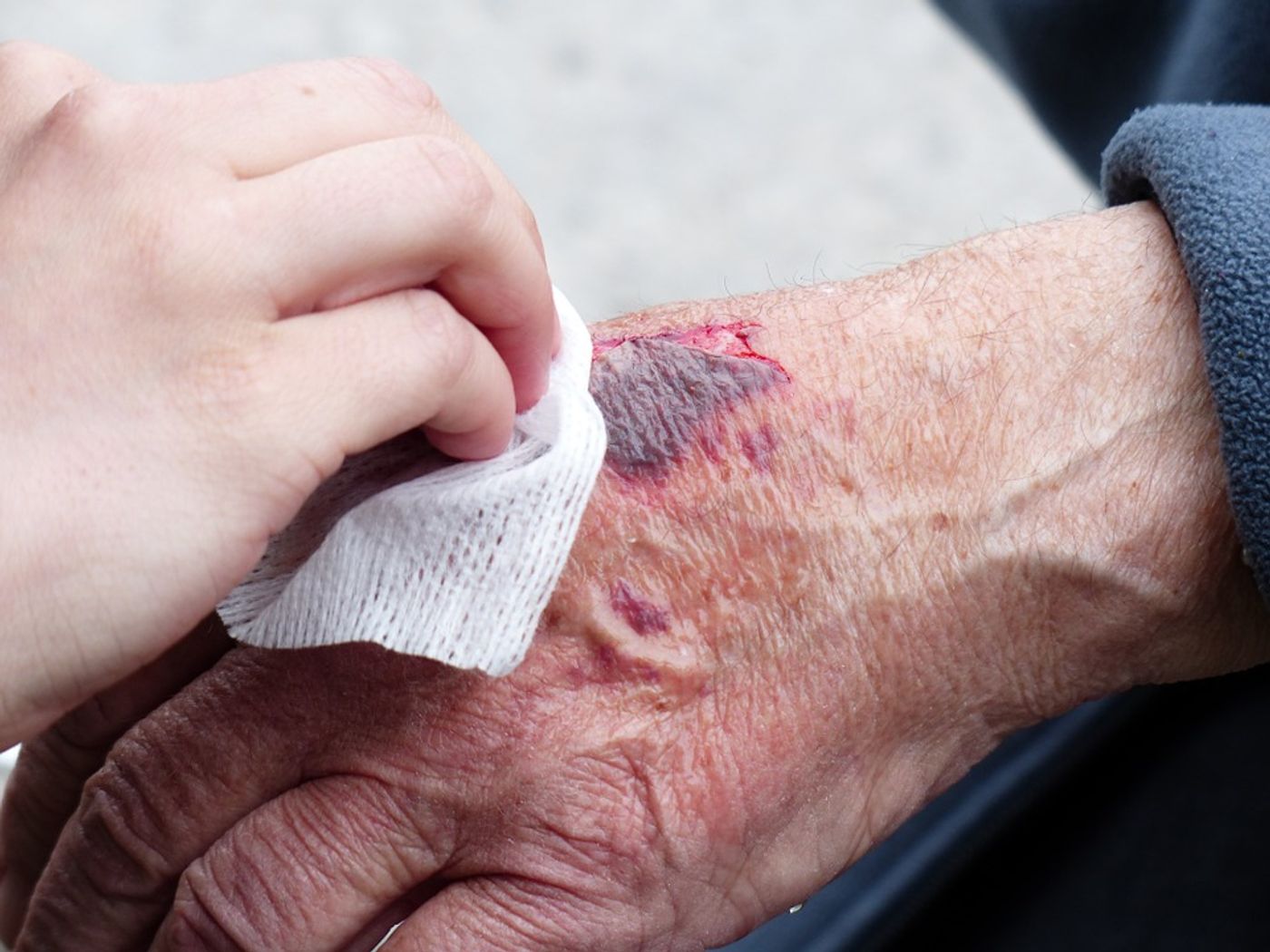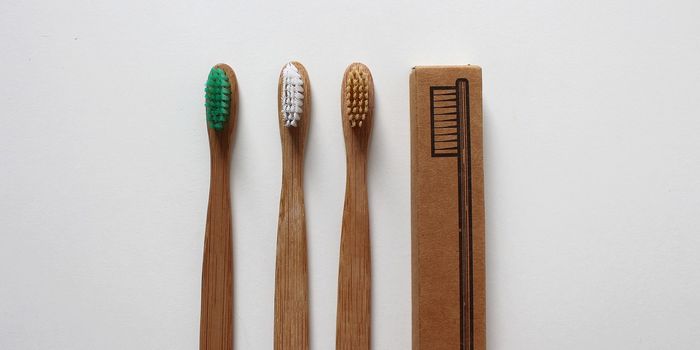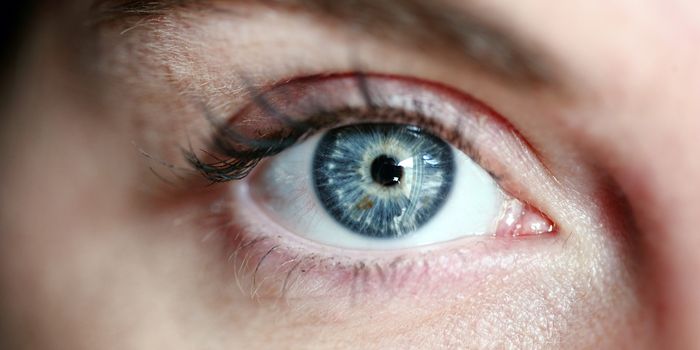Multi-Purpose Immune Cells Heal Diabetic Wounds
People with type 2 diabetes are particularly prone to ulcers on the bottom of the foot, which can increase the risk of death and often result in a major amputation. Ulcers take months to heal, but a new discovery could hasten wound recovery.
From Massachusetts General Hospital, scientists found that mature B cells, the immune cells of the adaptive immune response that work alongside T cells and produce antibodies, can greatly improve how wounds - chronic like diabetic ulcers and acute - heal over time. Lead author of the new study, Ruxandra Sîrbulescu, PhD, says that the new findings open up an “exciting path to a new treatment for chronic wounds, such as diabetic foot ulcers.”
People with diabetes are prone to chronic wounds like foot ulcers partly because of neuropathy - damaged nerves - and vascular disease. Particularly the hands and feet, nerve damage affects the skin resulting in sensation loss. Tissues in the skin lose access to oxygen and nutrients - both of which are needed for healthy tissue healing - when blood flow is limited. All in all, the conditions for wound healing are less than ideal.
Sîrbulescu and other researchers took B cells from the spleens of both diabetic and nondiabetic mice during their study. Miraculously, a single “dose” of B cells improved wound repair by both reducing the size of the wounds and increase the amount of nerve endings and blood vessels in the newly-healed tissue. This occurred for both chronic and acute wounds, meaning a B cell-based wound-healing drug to enhance the process would work for diabetics and nondiabetics alike.
"Having a novel therapeutic that is based on the immediate isolation of a patient's own cells, with minimal manipulation, will represent an attractive option for the wound care field,” explained senior author Mark Poznansky, MD, PhD.
“With adequate funding, we believe we could apply this technology clinically within one to two years,” Sîrbulescu said.
Fifteen percent of people with diabetes develop a foot ulcer, and between 14 and 24 percent of those people will need an amputation because of it. Researchers say that there definitely is a need a cheaper way to accelerate healing that’s still safe.
The present study was published in the journal Wound Repair and Regeneration.
Sources: American Podiatric Medical Association, Massachusetts General Hospital
-
APR 30, 2024Immuno-Oncology Virtual Event Series 2024
-
MAY 07, 20243rd International Biosecurity Virtual Symposium
-
SEP 03, 2024Microbiology Week Virtual Event Series 2024
- See More


















































